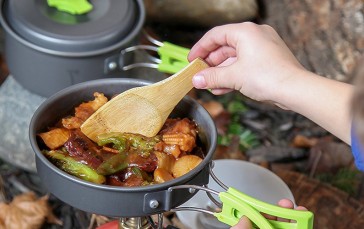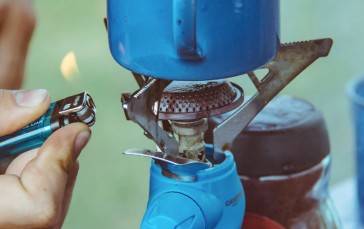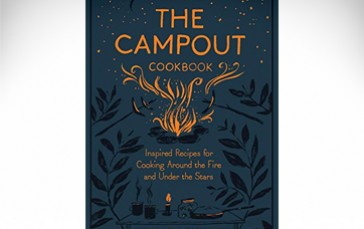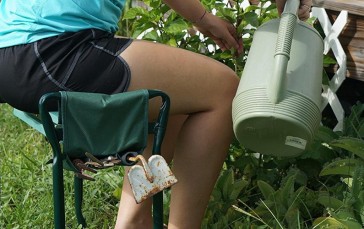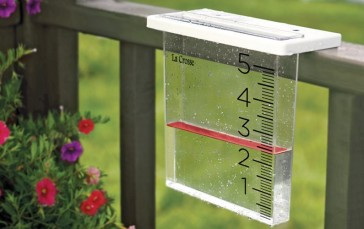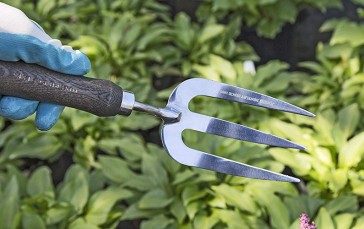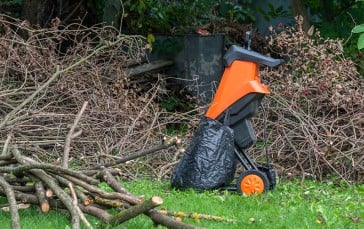Edible Plants
There are more than 300 thousand species of plants on the planet, but only 120 thousand of these are considered edible. It simply is not practical to memorize and learn all the 120 thousand varieties of plant that you can safely consume. It is for this reason that you need to know how to determine if the stalk, leaf, fruit, or even flower you’re interested in is edible or not. Here are some tips to identifying edible plants in the wild.
Perform the Universal Edibility Test
The US Army developed the Universal Edibility Test to help its personnel identify plant species that can be safely consumed especially when in the field. You can actually adhere to some of the principles of the Army’s field edibility test. To do this, it’s important that you fast for a minimum of 8 hours before you start testing for the edibility of the plant.
You can perform a skin contact test which is almost similar to the patch test performed in medical facilities. To do this, you need to crush the part of the plant that you would like to eat. For example, if you want to consume the leaves, then crush a leaf and rub it on your elbow or even on the inside aspect of your wrist for about 15 minutes. Leave this for 8 hours. If there are no reactions whatsoever, then you can proceed with the lip reaction test.
To perform the lip reaction test, you need to place the part of the plant on your tongue and leave it there for about 15 minutes. If you don’t experience any weird sensations, then you can proceed to the chew test.
In this part of the edible plant testing process, you’ll be chewing the plant part and keep it inside your mouth for 15 minutes. Do not swallow the plant material. If there are no reactions within the time frame, then swallow. Wait 8 hours for any reaction. Remember not to eat during this time. You can have water, though.
If the chew test resulted in no untoward incident, then you can finish it off with a bigger bite. Consume about a quarter of a cup of the plant material and wait for 8 hours, consuming only water. If there are no reactions after 8 hours, congratulations! You’ve just successfully tested the edibility of the plant material.
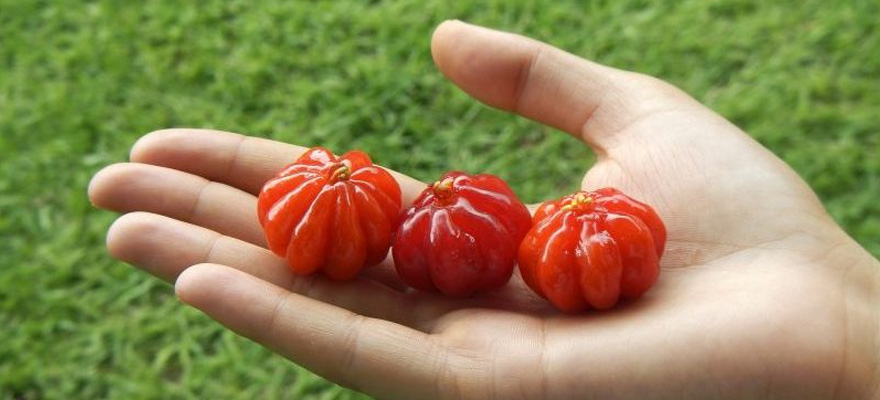
Skip mushrooms, unless you are 100% sure
Mushrooms are highly prized when incorporated into a variety of meals. Unfortunately, if you’re not sure if the mushroom or fungi you see in the wild is poisonous or not, it’s a lot better to leave it alone. Experts don’t even recommend performing the universal edibility test on mushrooms as the risk far outweighs the benefits.

Avoid plants that grow in contaminated or polluted areas
Whatever you do make sure to source your edible plants from safe, clean, and unpolluted areas. There may be species that are considered edible, but if these grow in polluted environments, then you run the risk of ingesting a lot of toxic, harmful chemicals and substances that will make you sick in the long run.
Surviving in the wild is predicated on your knowledge and skill of identifying plants that are considered safe to eat. Employing the Universal Edibility Test as well as adhering to a few more tips should help you in this endeavor.


